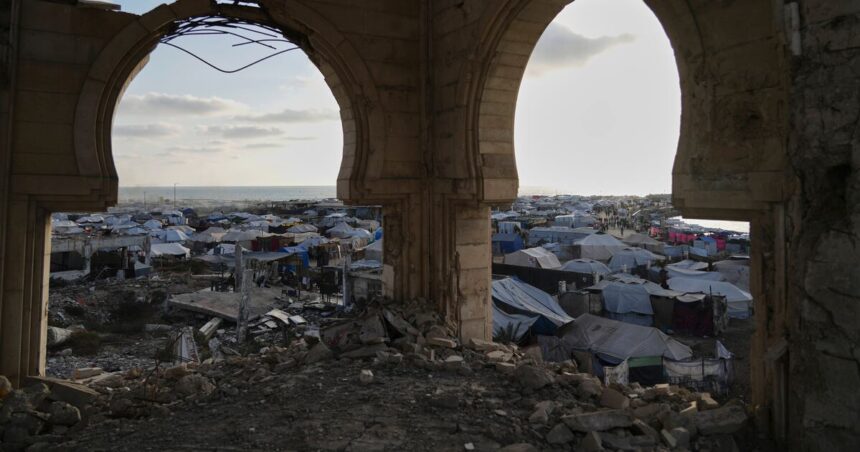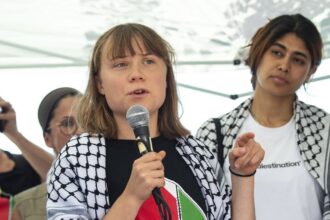The thunderous explosions that rocked Gaza’s southern city of Rafah before dawn yesterday marked yet another deadly chapter in the region’s unrelenting conflict. At least 23 Palestinians, including seven children, were killed when Israeli warplanes targeted what military officials described as “militant infrastructure” embedded within civilian areas.
Survivors scrambled through collapsed concrete and twisted metal in the aftermath, searching desperately for loved ones. “We were sleeping when the building started to shake,” recounted Mohammed al-Najjar, 42, whose neighbor’s home was reduced to rubble. “There was no warning, just destruction everywhere.”
According to Gaza health officials, the death toll from Israel’s military operation has now surpassed 37,000 since hostilities escalated in October 2023, with thousands more presumed dead beneath the rubble. The United Nations estimates that over 90% of Gaza’s 2.3 million residents have been displaced, many multiple times.
The Israeli Defense Forces (IDF) defended yesterday’s airstrikes, stating they targeted Hamas command centers deliberately positioned within civilian infrastructure. “Our intelligence confirmed these locations were being used to coordinate attacks against Israeli civilians,” said IDF spokesperson Lieutenant Colonel Avichay Adraee. However, independent verification of these claims remains difficult as journalist access to the region continues to be severely restricted.
Meanwhile, humanitarian conditions in Gaza have reached catastrophic levels. The UN World Food Programme reports that fewer than 20 aid trucks entered through the Kerem Shalom crossing yesterday—a fraction of the 500 daily deliveries required to meet basic needs. This represents the lowest volume of aid since February, raising alarm among relief organizations.
“We’re witnessing the systematic strangulation of a humanitarian lifeline,” said Dr. Helena Fraser, UN humanitarian coordinator for the Palestinian territories. “Without immediate access, we face the very real prospect of famine conditions spreading beyond northern Gaza.”
The restricted aid flow comes despite a UN Security Council resolution passed last month demanding unimpeded humanitarian access. International pressure has mounted on Israel to facilitate more crossings, with the European Union threatening potential sanctions if the situation doesn’t improve.
Canadian Foreign Affairs Minister Mélanie Joly expressed “profound concern” over the deteriorating humanitarian situation, calling for immediate compliance with international humanitarian law. Speaking at a press conference in Ottawa, Joly emphasized that “protection of civilians must be paramount, regardless of political considerations.”
Economic analysts at the World Bank estimate Gaza’s reconstruction costs will exceed $15 billion, with critical infrastructure including hospitals, water treatment plants, and power stations severely damaged or destroyed. The territory’s economy has effectively collapsed, with unemployment reaching nearly 80%.
As diplomatic efforts continue with Egyptian and Qatari mediators attempting to broker a ceasefire, civilians remain caught in an increasingly desperate situation. The International Committee of the Red Cross reports that 16 of Gaza’s 36 hospitals are partially functional, operating well beyond capacity with critical shortages of medical supplies, clean water, and electricity.
In this complex geopolitical landscape, the question remains: How will the international community translate expressions of concern into meaningful action to protect civilians caught in this devastating conflict?











